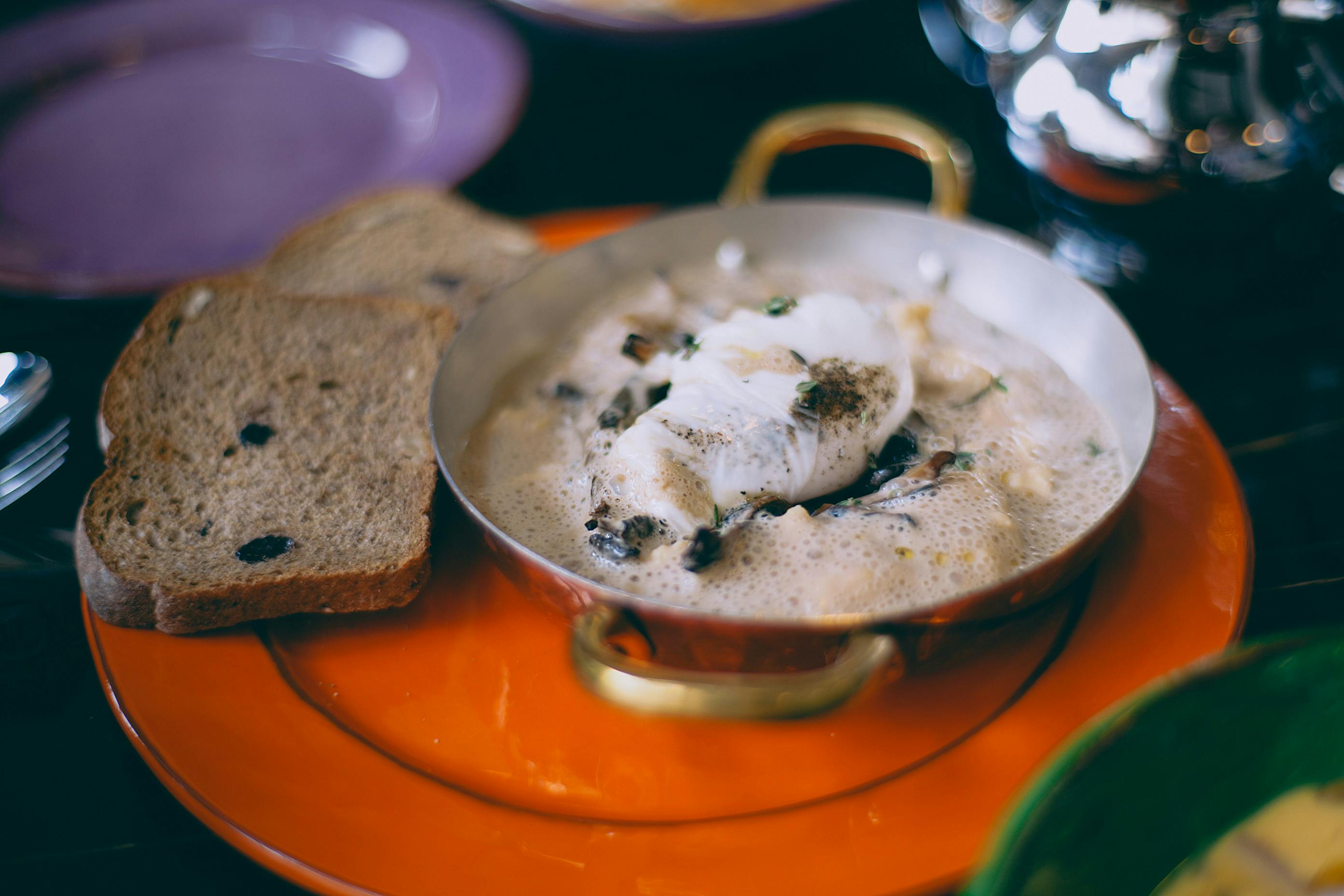Like Life – The Catalog: Sculpture performed at the Met Breuer
Like Life was a 2018 sculpture exhibition at the Met Breuer Museum in New York. His catalog of the same name not only illustrates many of the exhibits, but also features several analytical essays of a substantial and challenging nature. The catalog is worthy of recognition in its own right and can be appreciated by anyone interested in art, even those who have not seen the exhibition. He presents a significant contribution to our appreciation of three-dimensional art that we tend to label as “sculpture” and his insights go far beyond what can be described as art criticism. The convoluted nature of this description will be understood by anyone reading this book, because its focus is always to question the received values through which we interpret our experience of art. In fact, these essays might even challenge our understanding of anything we can see through the lens of prejudice, assumption, or mere interpretation. In short, everything. Like Life, the catalog thus becomes an almost disturbing experience. We know much more in the end, but only by realizing how little we understand about ourselves and our perception.
Like Life is obviously a pun on life. It can also be read as an order, associated with the taste for life, which would be ironic, since the still life that these forms present is translated in many languages not as immobile, but dead. One of the threads that binds the discussion is that when sculpture becomes literally like life, critics have relegated it to the category of artifact and denied it the label of art. And at the center of the discussion is the use of color.
Modeled after a mistaken assumption that classical sculpture expressed itself through a visual language derived from the immaculate whiteness of marble, the history of sculpture developed through this mistaken desire to reproduce classical values through the purity of whiteness and fineness of finish. . Just as Life not only reminds us that these classics were originally polychrome, it also asserts that this false set of values conveniently coincided with the European view that whiteness was always superior and that everything colored was, by inspection, inferior. Everything polychrome was thus firmly relegated to the realm of the craftsman, not that of the artist. And it was this assumption that for centuries effectively separated the worlds of sculpture and painting.
The original Met Breuer exhibition featured sculptures from the late medieval period to the present day, but not chronologically. He juxtaposed elements to illustrate themes, contrasts and contradictions in a completely stimulating way. The Like Life catalog does this too, but the intellectual arguments within its texts are perhaps even more striking than the visual hits the exhibition delivered.
Why in painting is an attempt to make meat the color of flesh normal and even commendable, while in sculpture it has been regarded for centuries as a devaluation of the object? Why do we expect a sculptor to start with stone, wood, or wax and work it into an image of their choice, rather than molding it directly from the human form? Why do we continue to reject realism, when that realism represents everyday objects that we do not normally associate with art? Why expect idealized human forms, instead of real people, flaws, beliefs, and all? Why does the sculpted nude human form still generally not represent the genitalia? Why do we devalue sculpture modeled directly from life? What is clear quite early in this journey through the history of sculpture is that the process it illustrates could be applied to any art form in which we are willing to offer opinions. It could be painting, music, theater, literature, poetry, etc. On what basis do we describe value or merit, on what set of rules do we attribute artistic value? And what controlling role do our presumptions play in editing what we see, or at least our interpretation of what we see? And, perhaps most important of all, if we are slaves to our assumptions, who or what generated them?
Functionality has always been a consideration. If an object is totally divorced from use, then it has always been more likely, in our Western way of thinking, to be considered art. The mannequins in the shop windows, like the inflated polychrome cherubs that decorate the altarpieces, have always been considered more functional than artistic. A sculptor who chisels a block of jasper to model a bust produces art, at times, while an undertaker who plasters a death mask does not. But then, a death mask doesn’t represent life, does it? It shows a form unable to move, after all. But then how can we see a still life as art, because that can’t be moved, right?
Seeing the exhibition itself and certainly reading the catalog can literally change the way a person sees the world. A flea market that used to offer repeated garbage tables now features objects that have a reason to exist. What the observer must try to deduce is why the creator of the object decided to represent that thing, in that way, in that material and in that color. Like Life thus leads to complication. What was previously seen, and perhaps largely ignored, is objectified, separated, worthy of being actively seen, rather than being received in a passive, even disdainful way. Not many books have this kind of effect on their readers.
Like Life is both a challenge and a presentation. Yes, images of sculptures are presented to us and we are asked to react. But the commentary often offers such a radically different approach than we can assume that it really challenges us to reinterpret and reevaluate our assumptions. It’s what art is supposed to do, right?
